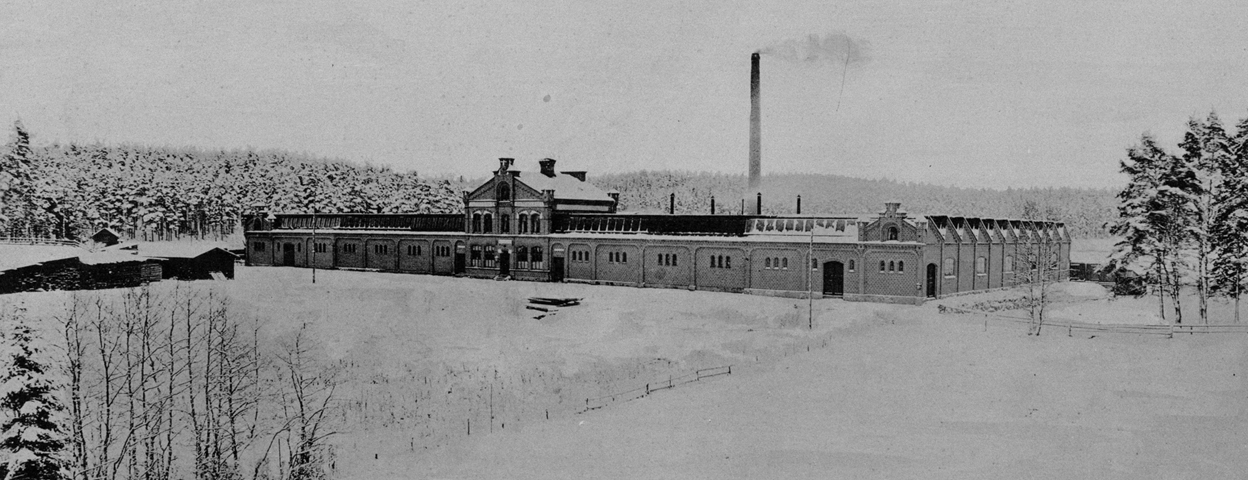Backed by Surahammars Bruk, Vagnfabriksaktiebolaget I Södertelge was founded in 1891 at a time when railways were the technological hype in Sweden.
Now, more than a hundred years later and based on the same premises, Scania is a prospering global manufacturer of trucks, buses, engines and related services. It took the company 30 tentative years to find its focus, which it has stuck to ever since.
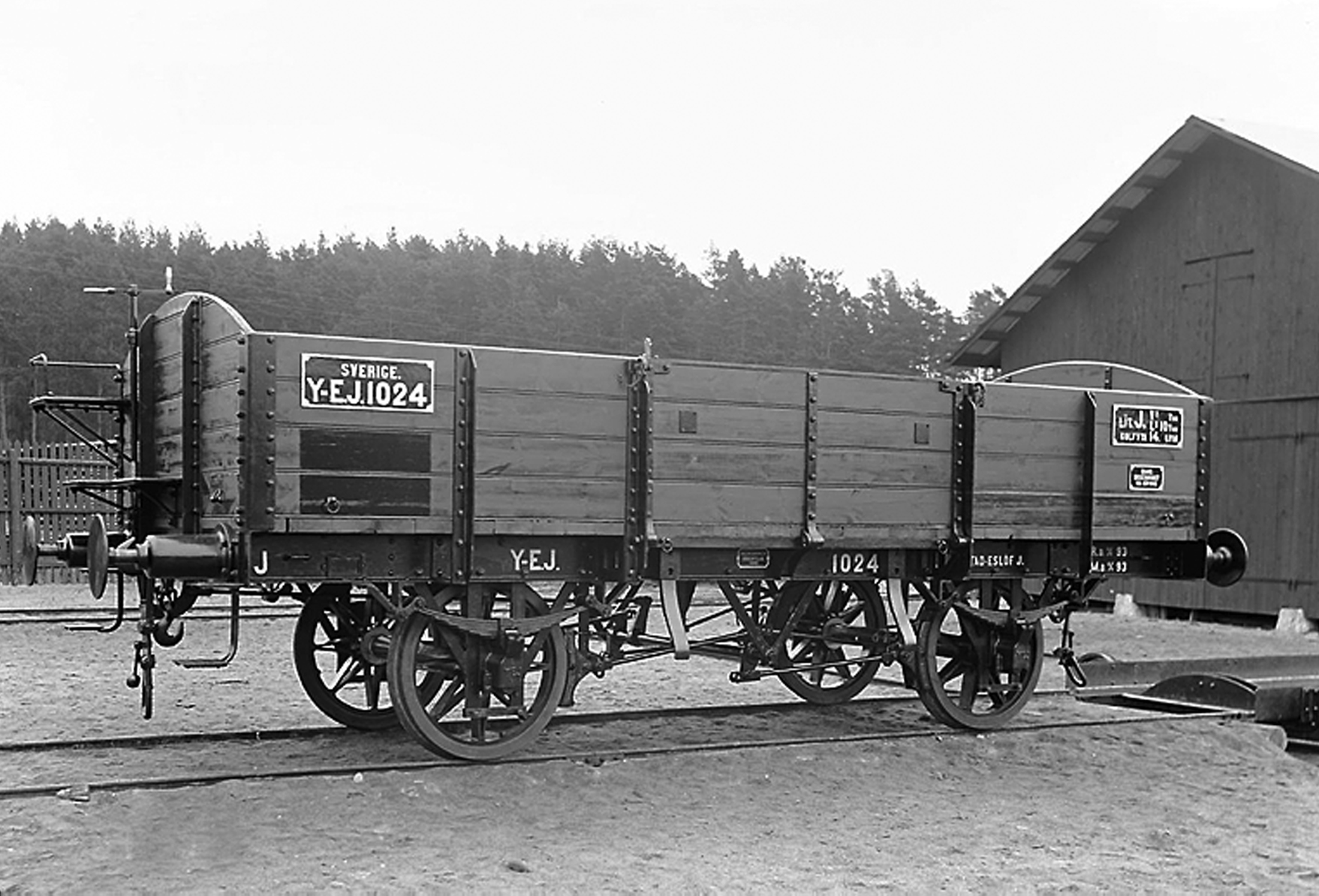
Vabis two-axle railway wagon, produced 1893.
Södertälje, Sweden.
1850
Railway hype
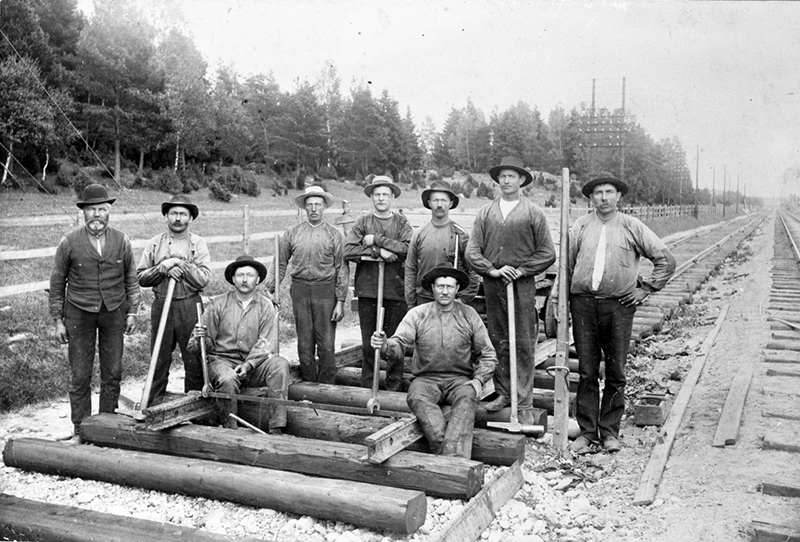
Navvies
Working on the double track between Stockholm and Uppsala.
Vagnfabriksaktiebolaget i Södertelge stood for the Waggon Factory in Södertälje Ltd. Its owners were pinning their hopes on the flourishing market for railway rolling stock.
Despite the awkward shape of Sweden – 2,000 km from north to south – and the prevailing poverty, between 1850 and 1900 the state built a comprehensive network of standard-gauge railway lines covering the entire country, all the way to the scarcely populated regions in the far north. Connecting to this backbone was a multitude of small private lines, often sporting narrower gauge.
1860
Poverty and emigration
Sweden was a poor agricultural country, with industrialisation lagging far behind countries like England. A law on compulsory elementary school for all girls and boys was passed in the early 1840s. Around that time, massive railway construction got underway in southern Sweden.
During the 1860s, the country was struck by repeated poor harvests and ensuing famine. Democratic developments were slow in coming, leaving the masses powerless and without influence. The situation resulted in massive emigration. Between 1850 and 1920, more than 40 percent of the population sought their fortunes in other countries, primarily in America.
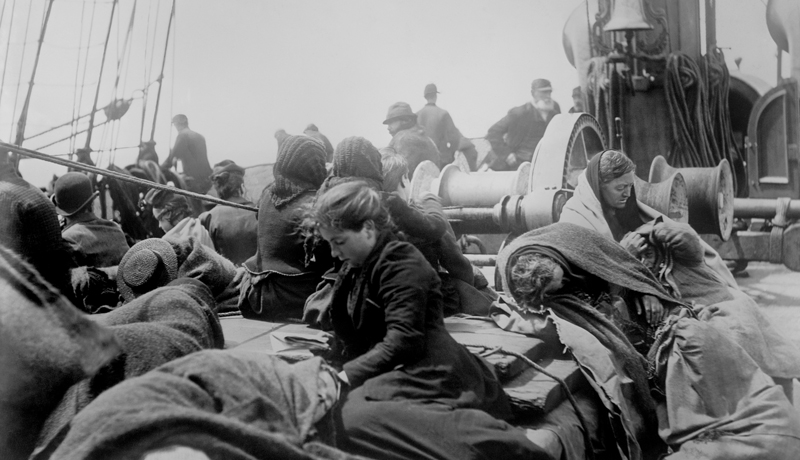
Swedish emigrants on their way to the US.
1890
Motorised vehicles
The authorities expected the new rail infrastructure to speed up developments, creating opportunities for heavy industries in remote areas.
In the late 1800s, the need for railway rolling stock was enormous and numerous actors sought their fortune in this future-oriented industry. Vagnfabriksaktiebolaget’s business was booming. The company specialised on freight and passenger carriages, as well as horse-drawn trams.
1900
Waning rail business
The railway hype faded in the early 1900s, when the inventory of rolling stock had been saturated.
In 1907, VABIS’ management therefore shifted its focus to the automotive industry, opening a new factory exclusively for the production of “standard vehicles” and engines in Södertälje. The engines were also sold for industrial and marine applications.
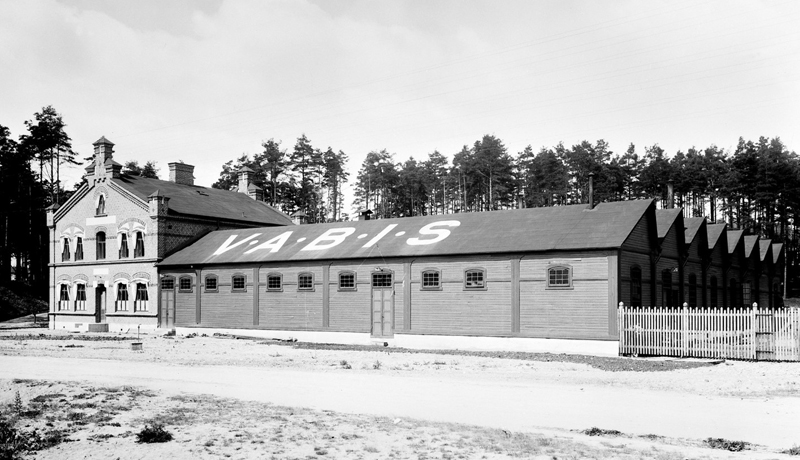
Vabis first factory and head office
Södertälje, Sweden 1907
1907
Two approaches
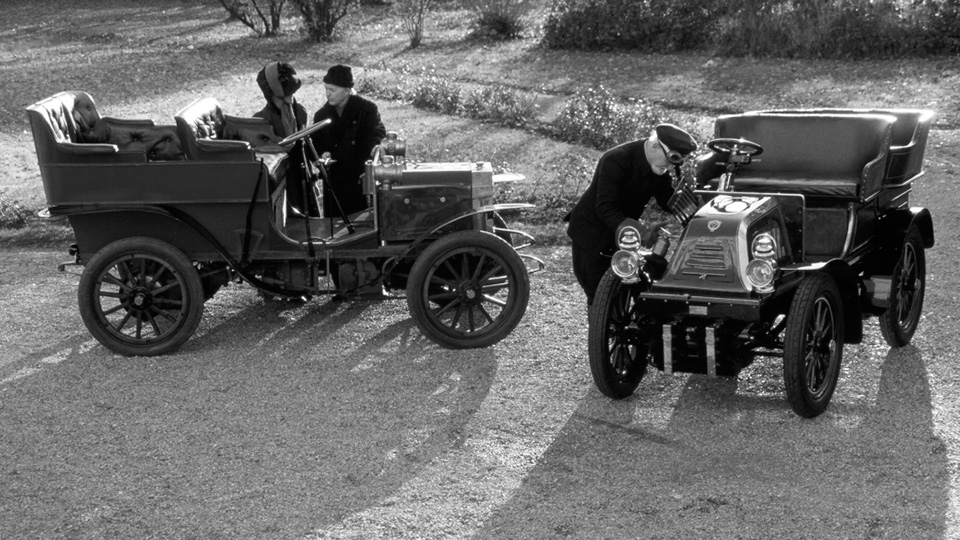
Vabis 1903 and Scania typ A.
1990
The VABIS engineers were innovative, and in 1907, the first truck with a tipper body left the factory, as well as bus precursors in the form of trucks with replaceable passenger platforms.
But with no more money coming in from the once prospering railway business, the investment in own designs and in the new vehicle factory turned into a disaster. Scania, on the other hand had chosen to base its designs on foreign vehicles and on the assembly of purchased components – a method requiring lower initial investments.
From 1902, Scania was actually successfully selling cars to customers . The facilities were expanded and truck production started in earnest in 1908.
1911
Joining forces
The successful operations in Malmö made Scania’s MD Per Alfred Nordeman look for ways to expand, and he found a suitable partner in VABIS in Södertälje. The two companies merged to form Scania-Vabis in 1911.
All engines, cars , motor trolleys and lighter vehicles were built in Södertälje, with Scania in Malmö focusing on trucks and other heavy vehicles . Sales expanded rapidly and the operation soon became profitable.
1920
The war took it's toll
The expected upswing after the first world war failed to materialise, and the ensuing deflation meant pending disaster for Scania-Vabis. Large investments in production and in external sourcing of raw material like steel proved prohibitively costly.
The company’s business concept was to compete with large-scale production head-on with foreign competitors. But as soon as the import restrictions were lifted, the Swedish market was flooded with cheap, mass-produced foreign vehicles. Scania-Vabis stood no chance against such fierce competition.
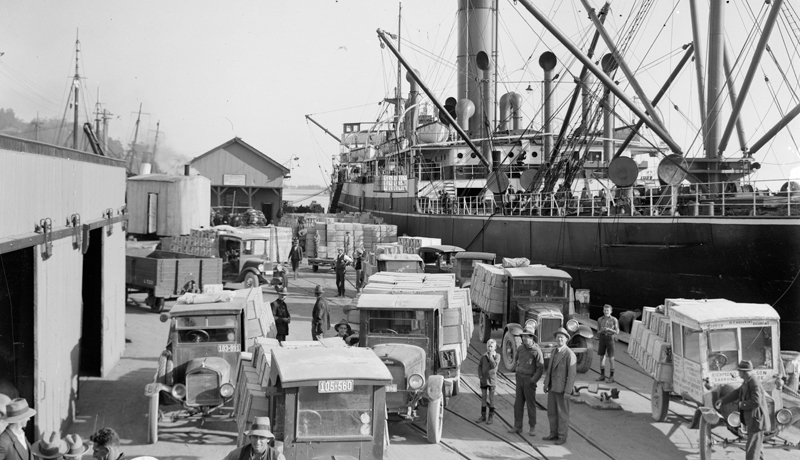
1920
A new business focus
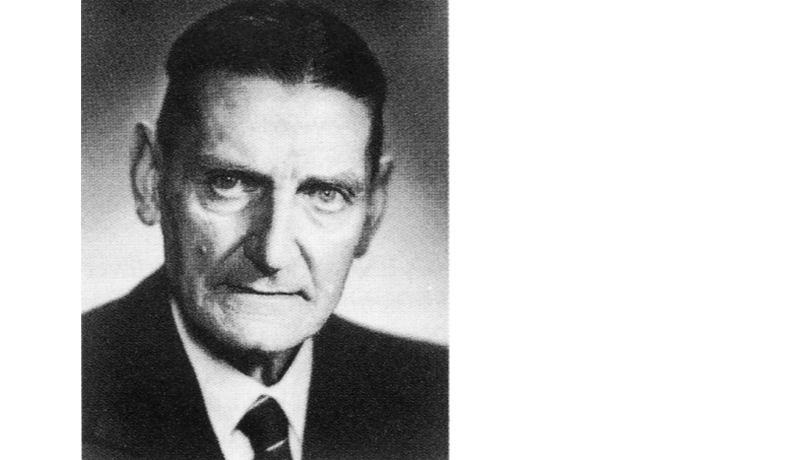
Gunnar Lindmark,
Managing director at Scania-Vabis.
Scania-Vabis entered the 1920s in a severe crisis. In 1921, the company went into liquidation. The company name was saved and Scania-Vabis could soon re-start operations. Gunnar Lindmark was appointed new managing director paving the way for a long stable period together with chief engineer August Nilsson.
All production was relocated to Södertälje, with the company focusing on heavy trucks and buses without competing head-on with run-of-the-mill imported vehicles. A new range of overhead-valve engines was also developed by August Nilsson and his team.
1920
Personal relations
The management team also found new engineering methods, by joining forces with prospective customers, whose engineers put specific demands on the vehicles they wanted to acquire.
These customers were often ‘institutional’, e.g. the state railways, road administration and postal services. The Scania-Vabis management made friends with the customers; engineers speaking to engineers made for easier progress. Scania-Vabis thus became a specialist in finding solutions to customers’ specific transport needs.
